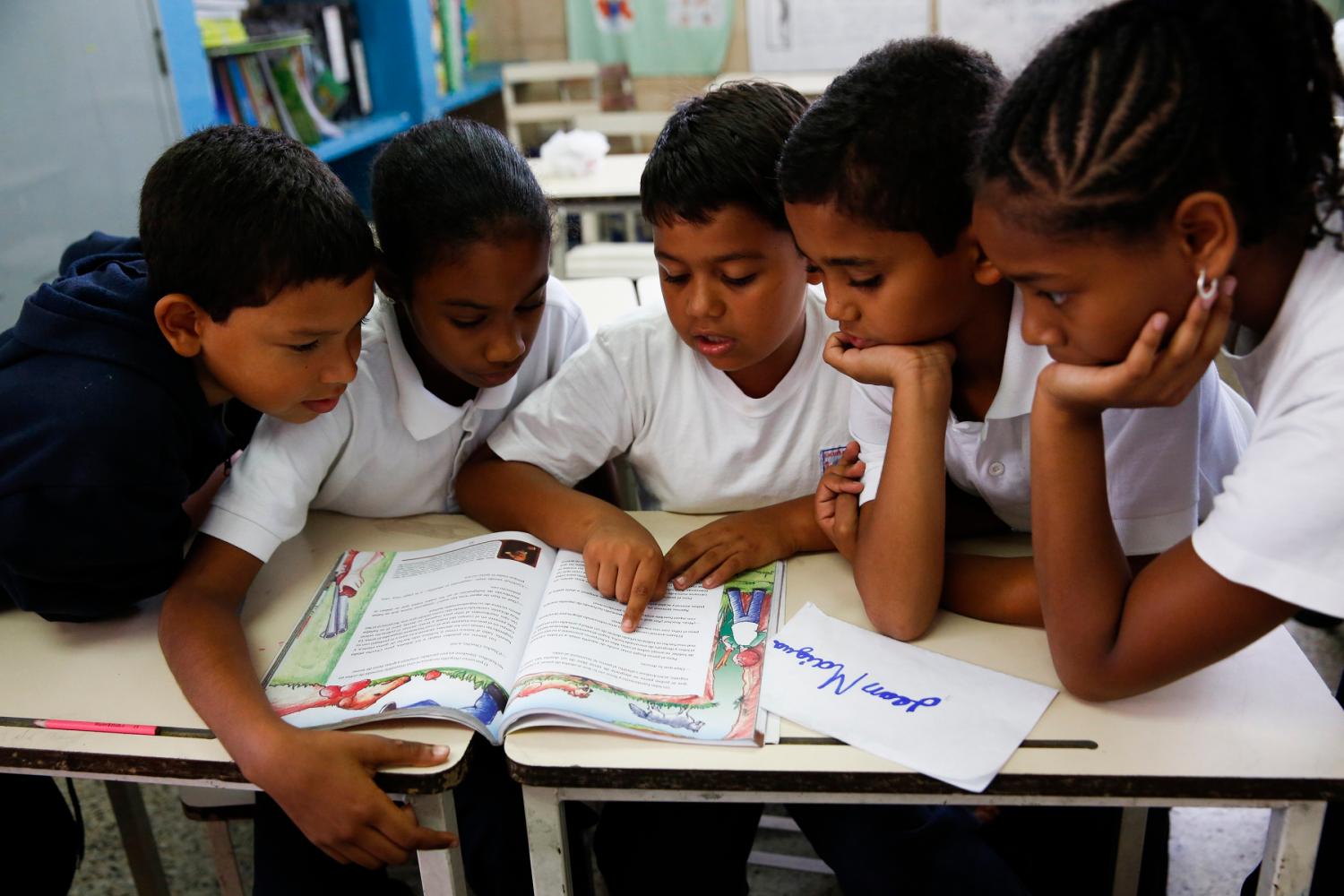Over the past decade, the government of Chile introduced education reforms aimed at raising student learning and reducing inequality, while successfully maintaining the school choice system introduced in 1981. While a thorough analysis of these reforms is beyond the scope of this article, I summarize five lessons that may be useful for other countries in the region struggling to improve educational opportunities for all.
Lesson 1: When money follows the student, what you pay for matters
The original per-student subsidy (voucher) was designed to allow families to select schools and to promote competition among schools. The voucher was administered by the Ministry of Education and transferred to the “school owner”—which may be a private individual, a private corporation, or non-governmental organization. The underlying theory was that parents would choose the best schools for their children and that schools that did not receive sufficient students would be forced to close. To aid families in this choice, students in some grades were tested annually and mean scores by school were widely disseminated.
Studies by Chilean and international researchers have convincingly shown that this system did not help the country reach high levels of student learning or equal educational opportunities. The design and implementation of the voucher system led to this outcome: First, private schools could select students, earn profits, charge fees, and hire and fire teachers according to the regular labor code. In contrast, public schools had to admit any student, could not charge additional fees, and were subject to the more stringent Teacher Statute. Second, the per-student subsidy was paid on student attendance, and no other measures of school performance were used (such as student learning outcomes, changes in student learning) to incentivize schools to ensure certain levels of learning. Third, the information provided to parents on school performance was very limited (only the school mean test scores). Fourth, studies have shown that parents in Chile (as elsewhere) not only care about test scores, but also about distance to the school, peer composition, and school climate, among others factors.
Chile’s experience shows that a voucher-based school choice system does not lead to improved educational quality and equity when schools do not face the same rules, when information provided to families is incomplete, and when the voucher rewards behaviors that are not directly related to student learning opportunities.
Lesson 2: To reach adequate learning levels, per-student costs are not equal
To address the growing body of evidence on the substantial socioeconomic segregation among schools and stagnant growth in learning outcomes resulting from the voucher program, in 2008 the Chilean Congress approved the Preferential School Subsidy (SEP) law. SEP recognized that it costs more to educate students well from low-income families, especially in schools serving large percentages of poor children. Under SEP, the vouchers provided to students from families in the bottom 40 percent of the income distribution were worth 50 percent more than those provided to wealthier students. Further, certain schools received additional bonuses based on the percentage of priority students in the school.
Public and private-subsidized schools had the choice of participating in SEP, and the additional resources came with several conditions, including (i) schools could not charge fees to priority students, although private voucher schools could do so for non-priority students; (ii) schools had to agree not to select students based on their academic skills nor expel them on academic grounds; and (iii) schools had to participate in an accountability system that, for the first time, made schools responsible for the use of public funding and for student test scores.
In a recent paper with Richard Murnane and others, we analyze the consequences of SEP reform on test scores and the test-score gap between rich and poor students in Chile. First, we explored the trends in test scores by type of school (in urban areas, where school choice is possible)—distinguishing public schools from private, non-for-profit school and for-profit that do and do not charge fees, respectively. Figure 1 presents our findings: After SEP was introduced in 2008, student test scores in all types of schools improved, but the improvement was greatest among public and non-fee charging private schools.
We also analyzed the extent to which the gap in test scores between low-income students and wealthier students changed because of SEP. As the vertical distance between the curves in Figure 2 shows, the mathematics scores of Chilean fourth grade students increased substantially four years after the introduction of SEP (in 2012, as compared to in 2005), for students at all levels of family income. In addition, the size of the income-based test score gap declined by at least one-third (from 20.8 to 13.3 points).
In sum, to ensure high levels of learning among all students, educations systems should allocate more resources (financial and other) to students who have fewer resources at home. But holding schools accountable for student learning results is equally important. Our research on SEP in Chile suggests that it was the combination of increased support of schools and accountability that led to the observed increases in student test scores, especially in schools serving high concentrations of low-income students, after the introduction of SEP. This leads us to the third major lesson from Chile’s recent educational reforms.
Lesson 3: Accountability without support does not deliver high quality education for all
An important difference between Chile’s original voucher program and SEP is that the latter recognized that schools need technical support in order to meet accountability standards. SEP required low-performing schools to use the additional resources to receive technical assistance focused on raising student-learning outcomes.
Lesson 4: Institutions matter
The Chilean experiment with nationwide school choice also shed light on the importance of institutional arrangements for policy setting, financing, evaluation, education service delivery, support to school performance, and fiscal control. These functions are critical to achieve high levels of student learning for all, but different agencies may be needed to carry out some of these functions. In 2010, Chile reformed the institutional setup at the national level and separated the policy setting and financing functions (which remained at the Ministry of Education) from evaluation (which was transferred to a new Agency for Education Quality) and fiscal control (which was transferred to a new Superintendent of Education). The law also created the National Education Council to set the overall direction of education policy. Just this year (2017), the Chilean Congress approved the New Public Education Law, which aims to transfer public education services from municipal governments to new local education agencies that will comprise a new public education system.
It is too soon to evaluate the impact of these reforms and no one-size-fits-all setup will work across all education systems. However, the Chilean educational reforms suggest that, to make sustained progress in student learning outcomes, marginal interventions (different programs here and there that often overload and confuse school staffs) will not suffice.
Lesson 5: To get students to learn, education systems must learn too
A final lesson from Chile’s recent educational reforms is that none of them would have taken place if it not for a relative abundance of quality data and research. One positive feature of school choice programs is that the mandatory generation of school performance data. In Chile, students have been regularly evaluated in several grades since the early 1980s. This wealth of data attracted a diversity of international and local research. Further, in the mid-2000s, the National Science and Technology Agency launched a competitive fund for education research centers. Several education research centers now exist and provide valuable evidence for education policymakers, school leaders, teachers, and the education community at large. For any country wanting to make significant improvements in education, it starts with rigorous data collection and research.





